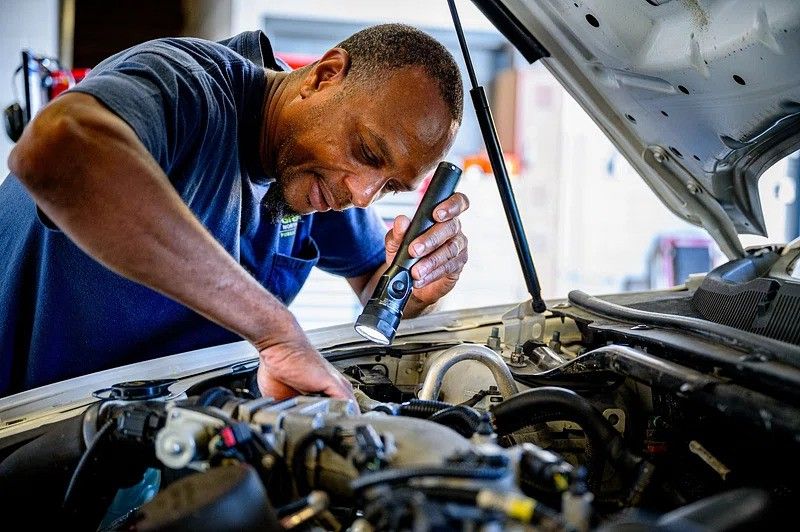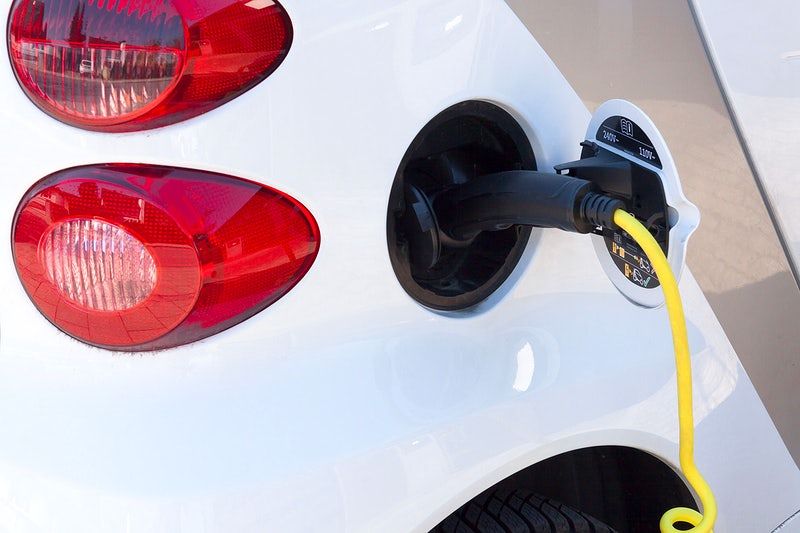
Welcome to the exciting world of automotive performance upgrades! Few DIY projects offer such a tangible boost in your vehicle’s power and efficiency as installing a new cold air intake (CAI) system. This isn’t just about making your engine sound more aggressive; it’s about unlocking its true potential by feeding it precisely what it craves: cooler, denser, oxygen-rich air.
For car enthusiasts and everyday drivers alike, a cold air intake is a fantastic way to enhance throttle response, improve fuel economy, and gain a noticeable bump in horsepower. While the prospect of diving under the hood might seem daunting, rest assured that with the right tools, careful preparation, and our step-by-step guide, you can successfully complete this rewarding modification right in your own garage. This comprehensive article will walk you through everything you need to know, from understanding the benefits to avoiding common pitfalls.
Drawing upon expert insights and practical advice, we’ll equip you with the knowledge to confidently tackle this upgrade. We’ll cover the reasons behind the switch, the tools you’ll need, essential preparatory steps, a detailed installation guide, and crucial post-installation checks. We’ll also highlight common mistakes to ensure your installation goes smoothly and delivers the performance gains you expect. Let’s get started on boosting your ride’s performance!

1. **Why Install a Cold Air Intake? ⚡**At its core, a cold air intake system is designed to fundamentally upgrade your engine’s airflow. The primary goal is to feed your engine cooler air, which, as the name suggests, is a denser, more oxygen-rich intake charge. This denser air leads to a more efficient and powerful combustion process, translating directly into improved engine performance.
Beyond just cooler air, a quality cold air intake system is engineered to significantly reduce restriction in the airflow path. Unlike restrictive stock airboxes, CAIs feature smooth, wide pipes that allow air to flow more freely and with less turbulence. This optimized pathway ensures your engine can breathe easier, making every stroke more productive and dynamic.
One of the most immediately noticeable benefits for drivers is the enhanced throttle response a cold air intake provides. You’ll experience quicker acceleration and a more lively feel when you press the pedal. This improved responsiveness is often accompanied by a deeper, more satisfying growl from your engine, adding an auditory element to the performance upgrade that many enthusiasts cherish.
While often focused on horsepower, a cold air intake can also improve fuel economy. More efficient combustion from cooler, denser air reduces engine strain. The context states, “Efficient combustion can improve fuel economy by 3–5% (varies by vehicle),” offering a practical, long-term benefit.
To put it simply, a cold air intake is a proven method for enhancing your vehicle’s capabilities. A key statistic from the context highlights this: “A quality CAI can add 5–15 horsepower on naturally aspirated engines (SAE study).” This makes a compelling case for anyone looking to boost their car’s power and efficiency without undertaking more complex or costly modifications.

2. **Tools & Materials You’ll Need 🧰**Before you begin any automotive project, gathering all the necessary tools and materials is paramount. For a cold air intake installation, you’ll find that most of the required items are common hand tools, making this a truly accessible DIY task. Having everything laid out and ready will streamline the process and prevent frustrating interruptions.
Your essential toolkit should include a reliable “socket set,” covering sizes from “8mm–14mm sockets” to handle various fasteners. You’ll also need both “Phillips/flathead” “screwdrivers” for clamps and other components. Some vehicles might require “Torx bits,” so it’s wise to check your car’s specific needs or have a versatile set on hand just in case.
Beyond wrenches and sockets, you’ll need a “cold air intake kit (vehicle-specific)” with its new tube, air filter, hoses, and clamps. “Rubbing alcohol and microfiber cloth” are also crucial for cleaning delicate sensors, ensuring correct post-installation function.
Safety should always be your top priority when working on any vehicle. Therefore, don’t forget to equip yourself with “safety gloves and eye protection” to guard against potential cuts, scrapes, or debris. Taking these simple precautions can make a world of difference in ensuring a safe and enjoyable DIY experience from start to finish.
As a valuable “Pro Tip,” the context suggests, “Buy a kit with a heat shield or hydro sock to block engine heat/water.” A heat shield is vital for keeping hot engine bay air away from your new cold air filter, preserving the ‘cold’ in cold air intake. A hydro sock offers crucial protection against water ingestion, preventing the dreaded “hydrolock” scenario, especially if your intake positions the filter low.
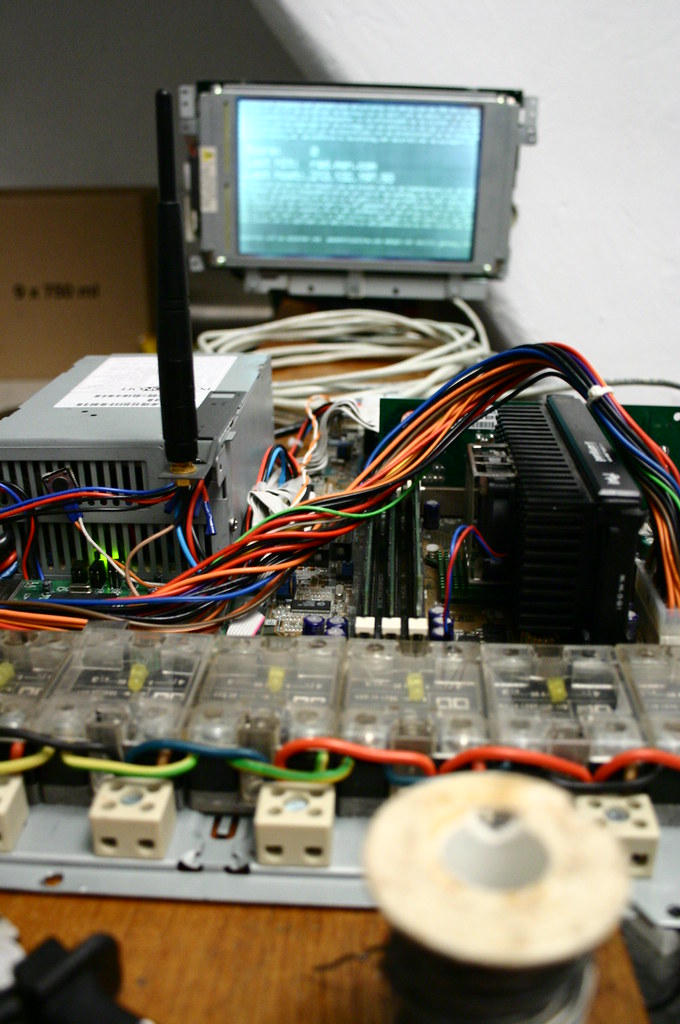
3. **Pre-Installation Prep 🛠️**Proper preparation is the cornerstone of any successful automotive modification, and installing a cold air intake is no exception. Taking the time to prepare your vehicle meticulously will not only ensure a smoother installation process but also prevent potential issues down the line. This phase is about setting the stage for an efficient and safe upgrade.
The very first step, and a crucial safety measure, is to “Disconnect the battery.” The context specifies, “Prevent electrical shorts (negative terminal first).” Always start by removing the negative (black or unmarked) terminal, followed by the positive (red) terminal. This eliminates any risk of electrical mishaps while you’re working on the engine bay.
Next, remove the stock air intake system by unclipping the air filter lid and detaching “mass airflow (MAF) sensor wiring.” Then, “loosen clamps and remove intake tubing” connecting the airbox to the engine. Remember to carefully handle air sensors and remove small plastic mounts with appropriate tools.
Once the old components are out, a critical step is to “Clean the MAF sensor.” This delicate component measures the amount of air entering the engine, and any dirt or residue can lead to incorrect readings. Use a specialized “MAF cleaner” and “don’t touch the delicate wires!” Direct contact can easily damage this sensitive part, leading to performance issues or a ‘check engine’ light.
Before you even start wrenching, ensure your engine has “cooled completely.” Hot engine parts can cause serious burns. Also, park your car in “an area that has plenty of space for you to move around the front and sides of your vehicle” and is “well-lit” so you can clearly see what you’re doing. Keeping your original intake system aside is also wise, just in case you need to reinstall it.
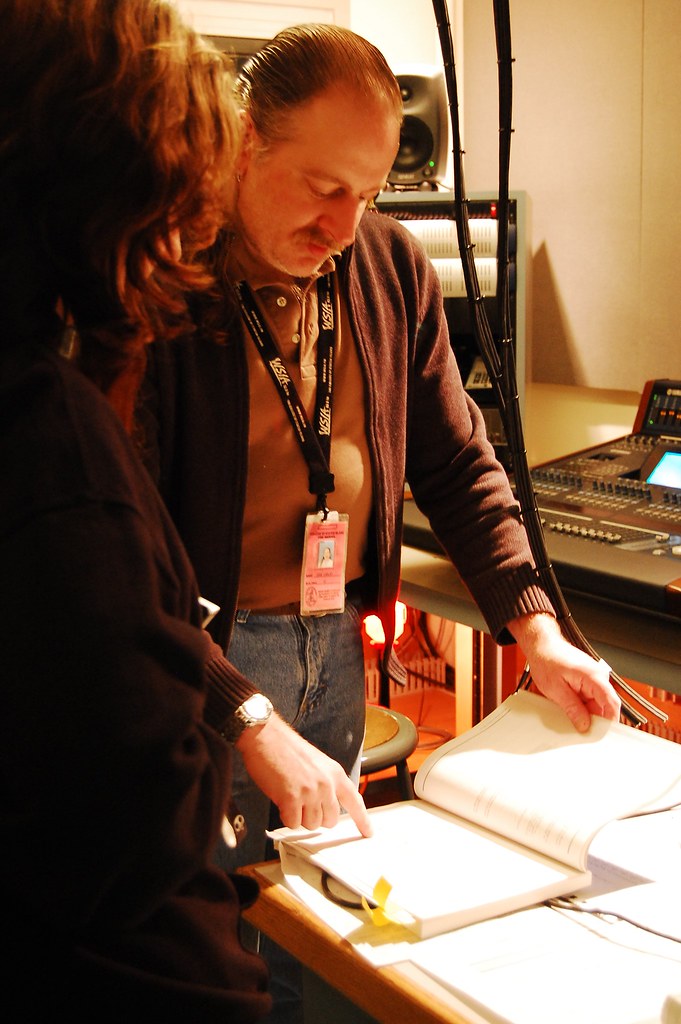
4. **Step-by-Step Installation Guide 🔧**With your vehicle prepped and tools at the ready, it’s time for the main event: installing your new cold air intake system. While specific steps can vary slightly depending on your vehicle and the exact kit, the general procedure outlined here will provide a solid framework. Remember to always consult your kit’s manufacturer instructions for the most precise guidance.
**Step 1: Install the New Intake Tube**
The first component to tackle is the new intake tube. If your kit includes a mass airflow (MAF) sensor adapter or requires you to transfer your existing MAF sensor, this is where it happens. “Attach the MAF sensor to the new tube,” making sure to “align arrows/notches” as indicated by the manufacturer to ensure proper airflow readings. This seemingly small detail is critical for your engine’s computer.
Once the MAF sensor is correctly positioned, “secure with provided screws or clamps.” Double-check that it’s snug and won’t vibrate loose. The proper orientation of the MAF sensor is paramount, as incorrect alignment can lead to “incorrect airflow readings” and potentially trigger a “check engine” light, impacting your engine’s performance.
**Step 2: Mount the Air Filter**
Next, take your new high-flow air filter and “slide the filter onto the tube.” For a truly tight and leak-free seal, the context advises, “use silicone grease for a tight seal.” This helps prevent any unfiltered air from entering the system, which could introduce contaminants to your engine.
The placement of your air filter is almost as important as the filter itself. You need to “Position it away from engine heat,” ideally “e.g., near the fender well.” The entire purpose of a cold air intake is to draw in cool air, so exposing the filter to the hot engine bay air would counteract all your efforts and reduce the performance benefits.
**Step 3: Attach the Heat Shield (if included)**
If your cold air intake kit comes with a heat shield, now is the time to install it. This component is crucial for maximizing the effectiveness of your CAI. The instructions specify to “Bolt it to the chassis to isolate the filter from hot engine air.” The heat shield acts as a barrier, directing cooler ambient air towards the filter while blocking radiant heat from the engine.
Skipping the heat shield, or installing it incorrectly, is a “Common Mistake to Avoid” because “Hot air reduces performance gains.” By ensuring the heat shield is securely mounted and effectively isolates the filter, you guarantee that the air reaching your engine is as cool and dense as possible, directly contributing to the horsepower and efficiency improvements you’re seeking.
**Step 4: Reconnect Components**
With the main components of your new intake system installed, it’s time to tie everything together. Start by plugging the “MAF sensor back in.” Ensure the electrical connection is secure and fully seated. Any loose connection here can lead to improper engine management and, once again, potentially a “check engine” light.
Finally, systematically go back and “Double-check all clamps and fittings are tight.” This is a crucial step to prevent air leaks, which can introduce unmetered air and disrupt your engine’s air-fuel ratio. However, be cautious not to “Over-tighten clamps,” as this “Can crack intake tubing,” leading to damage and potential air leaks down the road. A snug fit is key.
5. **Post-Installation Checks ✅**You’ve done the hard work, but the job isn’t quite finished yet. A few crucial post-installation checks are necessary to confirm everything is operating as it should and to ensure you’re getting the most out of your new cold air intake. These steps are vital for both performance and safety.
First, “Inspect for leaks.” Visually check all connections, hoses, and clamps to “Ensure no loose connections.” An air leak in the intake system can introduce unmetered air, causing your engine’s computer to miscalculate the air-fuel mixture, leading to rough idling or decreased performance. Listen for any hissing sounds that might indicate a leak.
After connecting the battery, you need to “Reset the ECU.” The context explains this means to “Disconnect the battery for 10 mins to clear old airflow data.” Your vehicle’s Engine Control Unit (ECU) has learned how to operate with the old intake. Resetting it allows the ECU to adapt to the new airflow characteristics of your cold air intake, optimizing performance from the start.
Once the ECU is reset, it’s time for the “Test drive.” This isn’t just a joyride; it’s an important diagnostic step. “Listen for unusual sounds and check for check engine lights.” Pay attention to how the engine feels, how it accelerates, and any new noises. A ‘check engine’ light usually indicates a problem, most commonly a loose MAF sensor connection, as the FAQs section suggests.
For the truly meticulous, a “Pro Tip: Use an OBD-II scanner to monitor air/fuel ratios for optimal performance.” An OBD-II scanner can provide real-time data on various engine parameters, allowing you to confirm that your engine is running efficiently and that the air/fuel mixture is within ideal ranges, ensuring maximum gains from your new CAI.
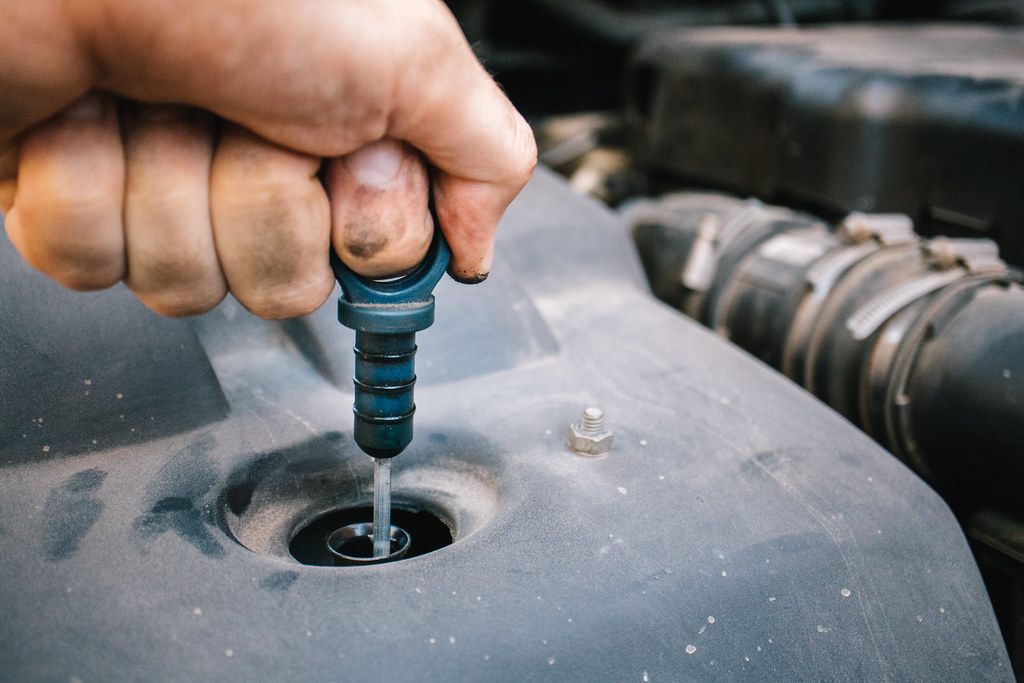
6. **Common Mistakes to Avoid 🚫**Even with the best instructions, it’s easy to overlook small details that can significantly impact the performance and longevity of your cold air intake. Being aware of common mistakes can save you a lot of headache, time, and potential damage to your engine. Let’s delve into these pitfalls to ensure your installation is flawless.
One of the most frequently made errors is “Ignoring MAF sensor alignment.” The Mass Airflow (MAF) sensor is a highly sensitive instrument, and “Misalignment causes incorrect airflow readings.” This can lead to the engine’s computer injecting the wrong amount of fuel, resulting in poor performance, decreased fuel economy, or even a ‘check engine’ light. Always ensure arrows or notches are perfectly aligned as per the manufacturer’s guide.
Another critical mistake that directly undermines the purpose of a CAI is “Placing the filter near heat sources.” This “defeats the purpose of ‘cold’ air.” If your filter is drawing in hot air from the engine bay, you won’t get the dense, oxygen-rich charge that boosts horsepower. Proper positioning, often near the fender well or bumper, is essential to capitalize on the cooler ambient air.
Closely related to filter placement is “Skipping the heat shield.” The context explicitly warns that “Hot air reduces performance gains.” The heat shield is designed to create a barrier between the filter and the radiant heat from the engine. Without it, even a well-placed filter might still ingest warmer air, compromising the effectiveness of your cold air intake system.
Finally, while securing components is vital, “Over-tightening clamps” is a mistake that “Can crack intake tubing.” It’s tempting to cinch everything down as tightly as possible, but excessive force can damage the plastic or silicone components of your intake. Aim for a snug fit that prevents movement or leaks without deforming the tubing. Additionally, a crucial warning from the context highlights the risk of “hydrolock” if your cold air intake, especially ram-air designs, draws water into the engine from deep puddles. Consider “Installing a bypass valve” to mitigate this risk.

7. **Performance Expectations & Legal Notes ⚖️**After successfully installing your new cold air intake, it’s only natural to be eager about the anticipated changes in your vehicle’s performance. You can realistically expect some noticeable improvements, particularly in specific driving scenarios. The most significant horsepower gains, for instance, are often “most noticeable in high-RPM driving (e.g., highway merging),” where the engine can truly benefit from the increased, cooler airflow.
Beyond just raw power, one of the most satisfying changes you’ll experience is the enhanced engine sound. Your vehicle will likely develop a deeper, more aggressive “growl during acceleration,” a sound that many enthusiasts find incredibly rewarding. This auditory feedback often complements the improved throttle response, making your driving experience feel more engaging and dynamic.
While the performance benefits are exciting, it’s crucial to also consider the legal aspects of modifying your vehicle. “Some states (e.g., California) restrict aftermarket intakes,” primarily due to concerns about emissions and compliance with local regulations. It is always your responsibility as the vehicle owner to “Check local emissions laws!” before installing any aftermarket part, including a cold air intake.
Navigating these regulations can sometimes be complex, as requirements vary significantly by region. For instance, cold air intakes may need to be CARB-compliant (California Air Resources Board) in states like California to be legal for street use. Failing to adhere to these laws could lead to issues during vehicle inspections or even fines. Always ensure your chosen kit, and its installation, meets all local environmental and emissions standards to avoid any unwelcome surprises.
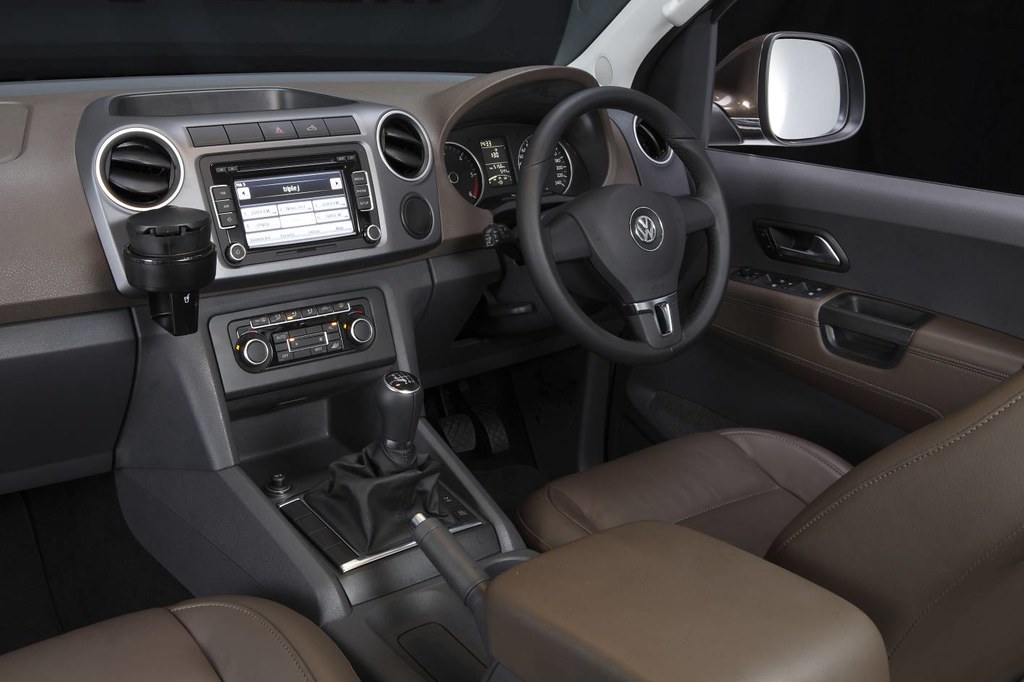
8. **Top Cold Air Intake Brands 🏆**Choosing the right cold air intake kit is just as important as the installation itself. With several reputable manufacturers on the market, each offering unique features and catering to different needs, selecting the best brand for your vehicle and driving style can significantly impact your results. Thankfully, there are a few standout names that consistently deliver quality and performance.
Among the most recognized is K&N, a brand often recommended for “Daily drivers.” K&N is a pioneer in the industry, and their “intake kits are guaranteed to increase horsepower and torque.” Their engineering prowess is well-documented: “K&N engineers start by employing 3D-laser scanning to create a precise model of each vehicle’s engine bay, and utilize the most advanced technology on the market to create airflow-optimized kits.” This commitment to design ensures not only performance but also exceptional filtration. Their filters are renowned, with some requiring cleaning only every “100,000 miles under normal highway driving conditions (as opposed to 15,000-20,000 miles for a disposable filter), and provides industry-leading engine protection against contaminants.”
For those with more specific performance aspirations, brands like AEM and Injen offer specialized solutions. AEM cold air intakes are often preferred for “Tuner cars,” providing a reliable foundation for further modifications. Injen, on the other hand, excels with “Turbocharged engines,” where maximizing airflow to a forced-induction system can yield substantial gains. These brands typically fall into a mid-to-high price range, with AEM kits averaging “200–350” and Injen kits ranging from “300–500,” reflecting their focus on performance-oriented designs.
If you’re working with a tighter budget but still want a noticeable upgrade, Spectre is a brand that caters to “Budget builds,” with average costs between “150–250.” While they might not offer the same level of specialized engineering as the premium brands, Spectre still provides a solid performance improvement for the cost-conscious enthusiast. Ultimately, the best brand for you will depend on your vehicle, your performance goals, and your financial investment.
Several quality manufacturers make products for a variety of vehicles, including “Advanced Engine Management (AEM), Injen, and K&N.” When making your choice, consider reading reviews, checking dyno charts where available for estimated horsepower increases, and ensuring the kit is specifically designed for your vehicle’s year, make, and model. This careful selection process ensures you’re investing in a product that will deliver on its promises and integrate seamlessly with your car.
9. **FAQs ❓**Even with the clearest instructions, questions often arise during and after a DIY project. Here are answers to some of the most frequently asked questions about cold air intake installations, providing clarity on common concerns and potential issues you might encounter.
One common concern is whether installing a cold air intake will “void my warranty?” The good news is, according to the Magnuson-Moss Warranty Act, it generally will “Not unless it directly causes damage.” This means your dealership cannot automatically void your entire vehicle warranty simply because you’ve installed an aftermarket part. However, if the cold air intake directly leads to a component failure, that specific failure might not be covered. It’s always wise to retain your stock parts.
Another frequent query is, “Can I install a CAI without tuning?” The answer is “Yes, but a tune maximizes gains (especially on turbocharged engines).” Your vehicle’s ECU (Engine Control Unit) can adapt to the increased airflow to a certain extent. However, a custom tune, specifically calibrated for your new intake, will fine-tune the air-fuel ratios and ignition timing, unlocking the full potential and ensuring optimal performance and efficiency that a stock ECU might not achieve on its own.
Regarding maintenance, people often ask, “How often should I clean the filter?” Most manufacturers recommend cleaning the filter every “25k–50k miles (or per manufacturer’s advice).” Regular cleaning maintains optimal airflow and filtration. For those wondering, “Does a CAI work in the rain?” The answer is “Yes—hydro socks prevent water ingestion, but avoid deep puddles.” As warned in the “Common Mistakes to Avoid” section, cold air intakes often place the filter closer to the ground, increasing the risk of “hydrolock” if the vehicle travels through water high enough to reach the intake. Hydro socks provide a layer of protection, but caution is still advised when driving through standing water.
Finally, a common post-installation headache is, “Why is my check engine light on after install?” This is “Likely a loose MAF sensor connection.” As mentioned earlier, the Mass Air Flow (MAF) sensor is incredibly sensitive, and its proper alignment and secure connection are paramount. If the sensor is misaligned or loose, it sends incorrect airflow readings to the ECU, triggering the light. “Recheck wiring!” and ensure the sensor is properly seated and oriented exactly as it was in the stock airbox.

10. **Free Installation Checklist PDF 📝**To ensure your cold air intake installation is as smooth and error-free as possible, we’ve put together an invaluable resource for you: a “Free Installation Checklist PDF.” This downloadable guide is your ultimate companion throughout the entire DIY process, designed to keep you organized and confident every step of the way.
This comprehensive PDF includes a detailed “Tool checklist” to make sure you have every wrench and screwdriver ready before you begin. It also provides crucial “Torque specs for clamps,” helping you avoid the common mistake of over-tightening and potentially cracking your intake tubing. Furthermore, the checklist offers essential “Post-install troubleshooting” tips, guiding you through common issues like a ‘check engine’ light or unusual sounds, so you can quickly identify and resolve them.
This checklist is just a taste of the wealth of knowledge available to you. As you continue your journey into automotive enhancements, remember you can “Explore 500+ Free Expert-Curated Guides” covering everything “From basic maintenance to advanced repairs.” These are “clear, actionable tutorials for every skill level,” proving that empowering yourself with mechanical know-how has never been easier.
With these resources, learning “New Skills” is at your fingertips. All guides are designed to be “Mobile-friendly… with HD visuals” and require “No downloads required” for most, offering “Access Anywhere.” Whether you’re fine-tuning your engine or tackling a complex repair, these expert-curated tutorials provide the detailed, authoritative guidance you need to become a more skilled and confident car enthusiast. So go ahead, download your free checklist, and embark on your next automotive adventure with precision and expertise! The open road, and a more powerful, efficient engine, awaits you.

